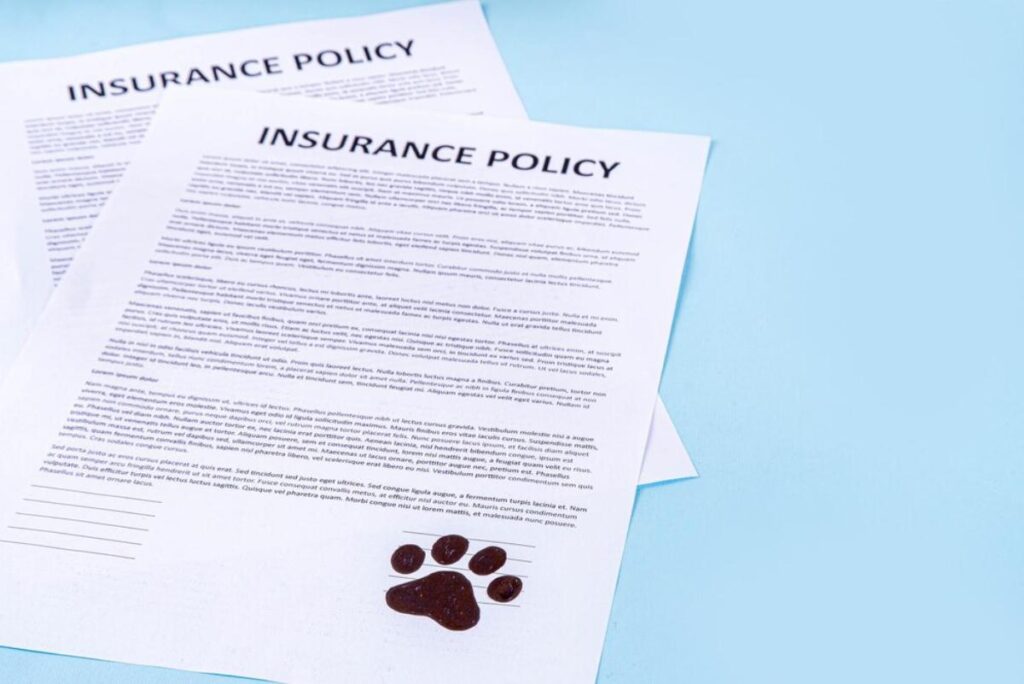The Pets Blog

Key Terms in Pet Insurance Policies You Should Know
Navigating the world of pet insurance can feel a bit like learning a new language. With deductibles, co-payments, lifetime cover, and exclusions, it’s easy to feel overwhelmed. You might pick a policy that doesn’t meet your needs. Whether you’re a pet pro or getting coverage for your first pet, knowing about pet insurance is key.
This guide will help you crack the code. We’ll cover common pet insurance terms. We’ll share real examples and highlight important details for when the unexpected occurs. By the end, you’ll feel confident reading any pet insurance policy guide. You’ll know exactly what you’re signing up for.
Let’s break it down and get to grips with what those fine-print phrases really mean.
Why Understanding Pet Insurance Terms Matters

Imagine this: your beloved cat requires an emergency operation. You have insurance, so you think you’re covered. But then your claim gets rejected due to a technicality you missed. Sound familiar?
Understanding the vocabulary of your policy is more than just ticking a box. It’s about giving your pet the care they need when it matters most. This way, there are no unpleasant surprises.
Vet costs in the UK are on the rise. An average claim now exceeds £800, according to the Association of British Insurers. So, it’s important to understand what your cover includes.
Top Pet Insurance Terms You Should Know
Let’s explore the most common and crucial terms you’ll come across in a pet insurance policy. Each one is explained in plain English, with examples to bring it to life.
1. Premium
This is the amount you pay regularly, monthly or annually, to keep your insurance active.
- Example: You pay £18 per month to insure your dog.
- Watch for: Premiums may increase each year, especially as your pet ages.
2. Excess
This is called a deductible. It’s the amount you pay on a claim before your insurer helps.
- Example: If your policy has a £100 excess and your vet bill is £600, you pay the first £100. Then, the insurer pays the rest, which is £500 (or a percentage of it).
- Tip: Some policies apply the excess per condition, while others do it annually.
3. Co-Payment (or Co-Insurance)
This is the percentage of the bill you must cover after the excess is applied.
- Example: If your insurer pays 80%, you’re responsible for the remaining 20%.
- Good to Know: Co-payments usually kick in for older pets, sometimes from as young as 8 years old.
4. Pre-Existing Condition
Any illness or injury your pet had before you took out the policy.
- Important: These are usually excluded from cover.
- If your dog had arthritis before you got insurance, treatment won’t be covered.
5. Waiting Period
A short timeframe after the policy starts, during which you can’t make certain types of claims.
- Typical Duration: Often 14 days for illness, 48 hours for accidents.
- Why It Exists: To prevent people from buying cover only when they already know their pet is unwell.
6. Lifetime Cover
Covers chronic or recurring conditions as long as you renew the policy yearly.
- Great For: Pets with conditions like diabetes, allergies or arthritis.
- Beware: If you miss a renewal or switch providers, the condition might no longer be covered.
7. Time-Limited Cover
Covers treatment for a condition for a limited time, usually 12 months, even if the condition continues.
- If your cat has asthma, we only cover treatment for the first year after diagnosis.
- Drawback: After the time is up, you’re on your own financially.
8. Maximum Benefit Cover
Gives you a set monetary limit for each condition with no time restriction.
- Example: Up to £2,000 per condition. Once you reach that, the condition won’t be covered again.
- Best For: Short-term issues or mild ongoing conditions.
9. Accident-Only Policy
Covers only injuries from accidents, such as broken bones or swallowed objects. Does not cover illnesses.
- Cost-Friendly: Cheapest type of cover.
- Limitation: It offers no help if your pet develops cancer or other medical conditions.
10. Cover Limit (or Vet Fee Limit)
The maximum amount the insurer will pay out, either per condition, per year, or for the life of the policy.
- Example: A £7,000 annual vet fee limit covers all claims up to that total in one policy year.
- Tip: Higher limits offer better protection but cost more.
11. Policy Schedule
This document is obtained after buying insurance. It details your coverage, including your premium, excess, limits, and exclusions.
- Treat It Like Gold: Always read and keep a copy of your policy schedule. It’s your personalised coverage blueprint.
12. Exclusions
These are situations, treatments, or conditions your policy does not cover.
- Common Exclusions:
- Routine check-ups or vaccinations
- Dental work not related to injury
- Pregnancy and breeding
- Pre-existing conditions
Reading Tip: The exclusions section may be the most important part of your policy.
13. Underwriter
The financial entity that backs the insurance policy and ultimately pays out claims.
- Why It Matters: Some providers act as brokers and don’t handle claims directly. Understanding who the underwriter is helps you know who you’re really dealing with.
14. Renewal Terms
These outline what happens when your policy renews, especially important for ongoing conditions.
- Be Careful: Some policies don’t cover conditions that began in the last term, unless it’s a lifetime policy.
How to Read a Pet Insurance Policy Like a Pro
Once you know the terminology, it becomes easier to compare policies side by side. Here’s a simple process:
Step 1: Look Beyond the Price
Cheap doesn’t always mean cheerful. Check the vet fee limits, excess, and whether the cover is lifetime or time-limited.
Step 2: Read the Policy Schedule
It contains the nitty-gritty, including any breed-specific exclusions or age-related co-payments.
Step 3: Check the Exclusions
Go straight to the exclusions list—what isn’t covered is just as important as what is.
Step 4: Understand the Claims Process
How do you make a claim? What documents are needed? How long do payouts take?
Step 5: Read Reviews and Ratings

Use platforms like Trustpilot or Which? to see how other pet owners rate the insurer’s customer service and claims experience.
Real-Life Example: Meet Bella the Beagle
Let’s say you adopt Bella, a three-year-old Beagle. You opt for a lifetime policy with a £100 excess and 10% co-payment. When Bella gets a skin condition after six months, you pay for the first treatment. Then, you submit a claim and get reimbursed.
The condition comes back the next year, but since you have lifetime cover, treatment remains covered. You continue renewing, and Bella’s ongoing care is manageable and affordable.
If you picked a time-limited plan, the condition wouldn’t be covered after the first year, and you would then have to pay the full bill.
Tips to Avoid Pet Insurance Pitfalls
- Start early: The younger and healthier your pet, the better your coverage options.
- Don’t switch policies mid-condition: You may lose cover for anything previously claimed.
- Watch the excess structure: Annual excess is often more predictable than per-condition.
- Keep records: Vet invoices, treatment details, and claim forms should be filed neatly.
Final Thoughts: Make Pet Insurance Work for You

Knowing pet insurance terms is the first step to making wise choices. This helps protect your pet and your budget. It may seem like a sea of jargon at first, but once you decode the terms, everything becomes clearer.
This pet insurance policy guide helps you evaluate plans with confidence. You’ll understand what coverage means and how it applies in real life. No more confusion. No more second-guessing.









